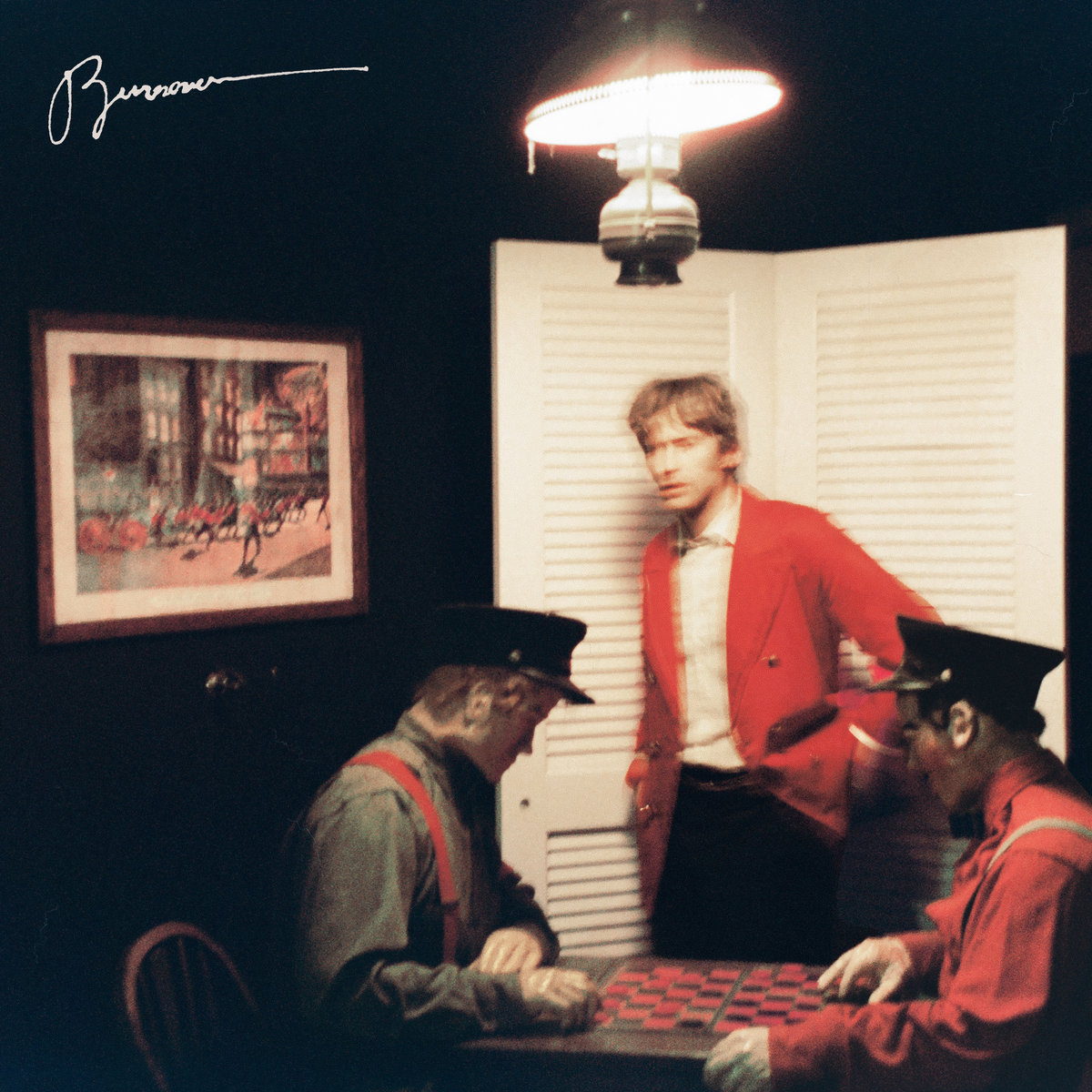There’s something eternally-charming about Americana. The genre embodies the idea that in the face of an ever-changing world, somewhere out there a smaller, simpler, more quaint version of our country still exists. That may not be the reality, but it’s a comforting escapist reassurance to say the least.
JD & The Straight Shot are a six-piece Americana band fronted by Jim Dolan and backed by an impressive roster of musicians with credits ranging from B.B. King to Robert Plant. Rescheduled after an illness, the band’s Portland stop on May 22nd marked the penultimate show of their current tour opening for the Eagles.
The evening began with a triplet of subdued drum taps, a call-and-response that select members of the audience quickly joined in on. Soon lead singer Jim Dolan and guitarist Carolyn Dawn Johnson began to harmonize, and just like that, the band was off. As the audience continued to filter in for the main act, JD & The Straight Shot gradually picked up steam eventually hitting their stride by the time the chorus hit.
As soon as the first song ended, drummer Shawn Pelton began playing in earnest and the group was firing on all cylinders. The guitar, bass, and mandolin all fell into perfect sync. The violin, played by Erin Slaver cut through the mix and shredded its way through the melody while Dolan took center stage belting out his tunes to the 20k-capacity venue.
By far the most enchanting element were the vocal harmonies that seemingly came to the group second-nature. Every band member had a mic in front of them, resulting in a wonderful choral effect of swirling melodies. Sometimes pairing off for alternating rhythms, other times joining together to form a singular voice, the group’s vocals were both effective and powerful. Similarly endearing was the chemistry between the band members. Laughing, smiling, and interacting with each other throughout the set, it was clear that they had as much fun playing the music as the audience was having listening to it
For the fourth song, the group played their song “Perdition” from the 2015 Western Jane Got a Gun. Reminiscent of the western soundtracks of old, the bass rumbled, the guitar jangled, and the drums thunderously kept time as the riff propelled the track forward. Adding a dash of somberness to the proceedings, “Perdition” offered a single moment of reflection before launching into the back half of the band’s feel-good setlist.
The fifth song “Run For Me” was a jaunty outing set to the horse-like gallop of Shawn Pelton’s drums. A vibrant highlight of their setlist, the song’s best moment came when all of the members paused for Erin Slaver to interject a vivacious violin solo before the chorus kicked back in. Eventually ending with Slaver and guitarist Marc Copely playing dueling melodies. The two got face-to-face while simultaneously bopping up and down in-time with the beat, bouncing lower and lower with each measure. The two got as low as they could without falling on the ground, eventually pulling apart from each other while holding back laughter. It was one of many playful moments throughout the night sparked by Slaver, an obviously-valuable asset to the group’s on-stage chemistry.
Aside from contributing vocal melodies to select songs, it was clear that each member was talented and well-versed in instrumentation, swapping instruments, multitasking, and collaborating throughout the set. At one point, drummer Shawn Pelton picked up a mandolin while also keeping time with his drum kit’s tambourine mount. At the same time, Byron House traded in his bass for a banjo, playing it just as effortlessly as his primary instrument. The concert was a sight to behold, a multi-instrumental, massively-harmonized, and constantly fun bout of country music.
Closing with an excellent cover of Three Dog Night’s “Shamballa,” the group sent the audience off to The Eagles nicely with good vibes and a warm summery feeling. It was a fun 45-minute set that warmed the audience up for the main act and transported us to that America of old, even if it was just for an evening.
















